Life Beyond Earth - The ET question Part 3: Saturn
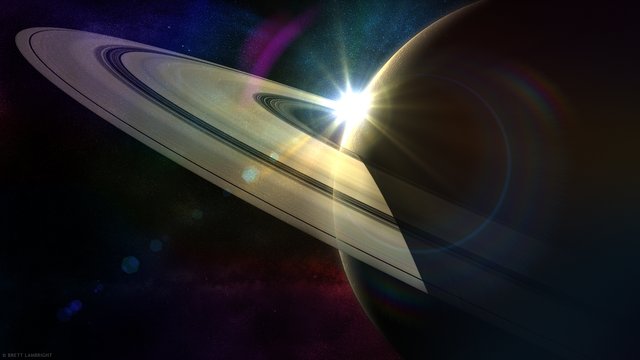
So far in this series I have discussed the possibility of life existing on Mars or Jupiter. In this post I turn my focus to Saturn.
Best known for it's unique and spectacular planetary rings Saturn is the sixth planet from our Sun and is the second largest in our system, some 95 times larger than the Earth. The planet itself is not believed to be able to sustain life as we know it, due to it's poisonous and dense atmosphere, however Saturn has a record number of moons totalling 62! These range in size from 1 kilometer to massive Titan which is larger than Mercury.
Titan
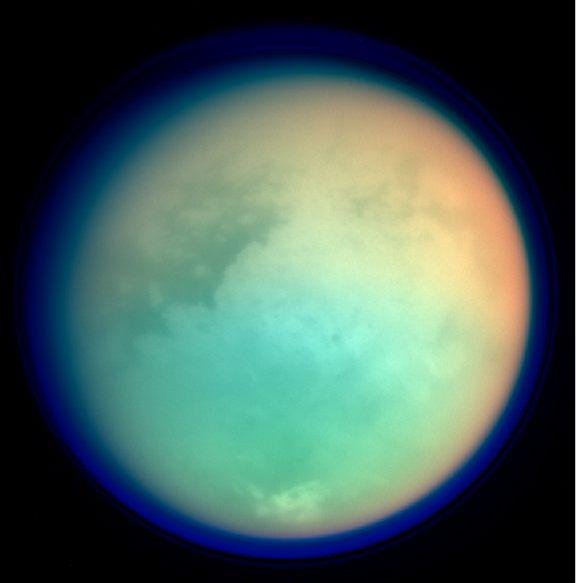
Often described as a planet like moon, Titan is 50% bigger than our moon and is the second largest in our galaxy after Jupiter's Ganymede. It also holds the distinction of being the only known moon to have a dense atmosphere, comprised largely of nitrogen with additional components of methane and ethane - combining to make a very nitrogen rich smog. The atmosphere is twice as thick as it is on Earth.
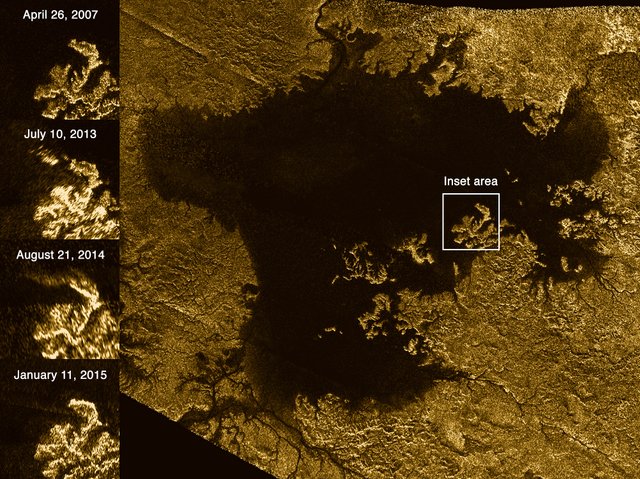
Liquid methane lake on Titan
At -179.2C or -290.6F the surface temperature of Titan is much colder than here on Earth and despite there being a lack of evidence for the existence of water, there is speculation that life not as we know it could indeed exist in the chemically rich lakes of liquid methane. This life would have to be methane based and oxygen free. This hypothesis came into being in 2015, when chemical engineers in the US created a template explaining how life on Titan and other places in the universe could potentially exist. Experiments in the lab showed that membrane like structures could indeed be created, built from nitrogen, carbon, and hydrogen molecules - which are in abundance on Titan. Theoretically these membranes could eventually evolve in living cells and primitive organisms under the same conditions as are present on Saturn's largest moon.
Enceladus
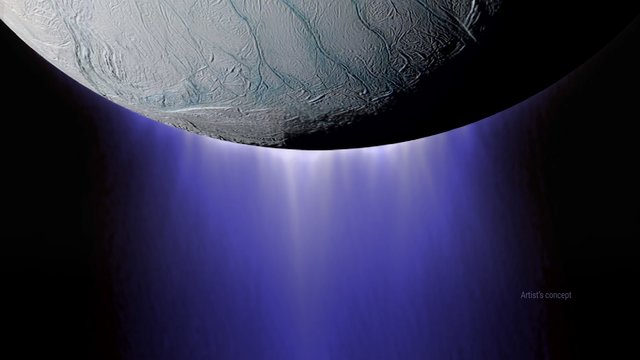
In 2004 the space probe Cassini began weaving it's way through Saturn's rings and moons. When it aimed it's instruments towards Enceladus it was discovered that the although it was a frozen moon, giant geysers spewed out into space, most likely due to volcanic activity at it's core. In addition indications were that underneath Enceladus' icy shell it had a vast subsurface salt water ocean. The geysers are formed through water being pushed out through the ice in a network of cracks nicknamed tiger stripes. In 2015 Cassini flew through the plumes of what turned out to be gas and icy particles that make up Enceladus’ geysers, where it detected a great deal of molecular hydrogen. NASA scientists' best explanation for this is that hydrothermal reactions occur on Enceladus’ ocean floor, similar to hydrothermal vents back here on Earth.
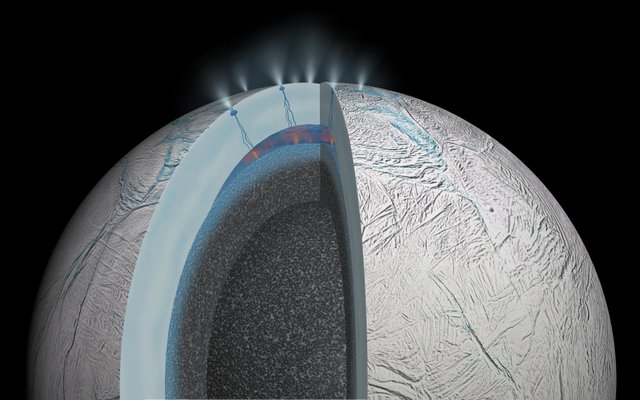
Artist's impression of the interior of Enceladus
The chemical and thermal dynamics in hydrothermal vents make these environments extremely suitable for chemical evolution processes to take place. In April of this year scientists announced that molecular hydrogen in the plumes of Enceladus may be due to methanogenesis, a process that implies microbial life.

Hydrothermal vents on Earth
Liquid water is an energy source, and the right chemicals - carbon, hydrogen, nitrogen, oxygen, phosphorus and sulphur - are the main requirements for life as we know it. So far, apart from phosphorous and sulphur, scientists have discovered all of these ingredients on Enceladus.
If indeed microbial life does exist on Enceladus, could more complex lifeforms have evolved beneath it's icy shell?
Part 1: Mars and Part 2: Jupiter
Thank you for reading
Catch my next post in this series by following me

Great write-up and great illustrations. Please keep it up. Following now.
Thank you! I appreciate it
Great post, what an amazing universe. The picture of the hydrothermal vents remind me that we've still much of our own ocean to explore.
Thank you!
Nice! I'm personally amazed at how far we've come in my life time with our imaging and ability to send satellites all the way out to Saturn, and further. It's hard to fathom sometimes just how far away these things are and that life (whether small or large) could possibly exist. Looking forward to the next in the series!
I'm happy I can share a subject that fascinates me, thank you for your comment
Love the pics man, great stuff! PLANETS been my thing since kiddo years!

(Like The Gif? View The Blog For More) (Free 2 Use)
Thank you!
Love the GIF....I may steal it 😉
It is quite deep and hideous, deep holes, stars, moons and a whole lot outside the earth. Man is yet to explore a fraction of life beyond the earth....
I agree and find it all fascinating
Your series just remind's of one I started on Africa the dark continent a continent as dark as the life beyond the earth. lol @cyntechtic
I will have a read :)
I will share my research and knowledge of your series as you proceed
Good read, I often wondered why such a geologically rich continent on the whole lives such a poor life. Upvoted
You should consider coming up with a 3D animation on this series I think it could be a good sell for the academic sector for tutorials especially for high school.
Hmmm....there's a thought
Thanks for the suggestion
Looks great!
Thanks @aggroed
Their all around us. You see them all over TV Daily. Just look close at people like John McCains face. Its Hollwood. Master of disguise!!!! Shit, they even play multipule roles!!!!
@watchout
Domi
Interesting post
Thank you. Part 4 will hopefully be up later 👍